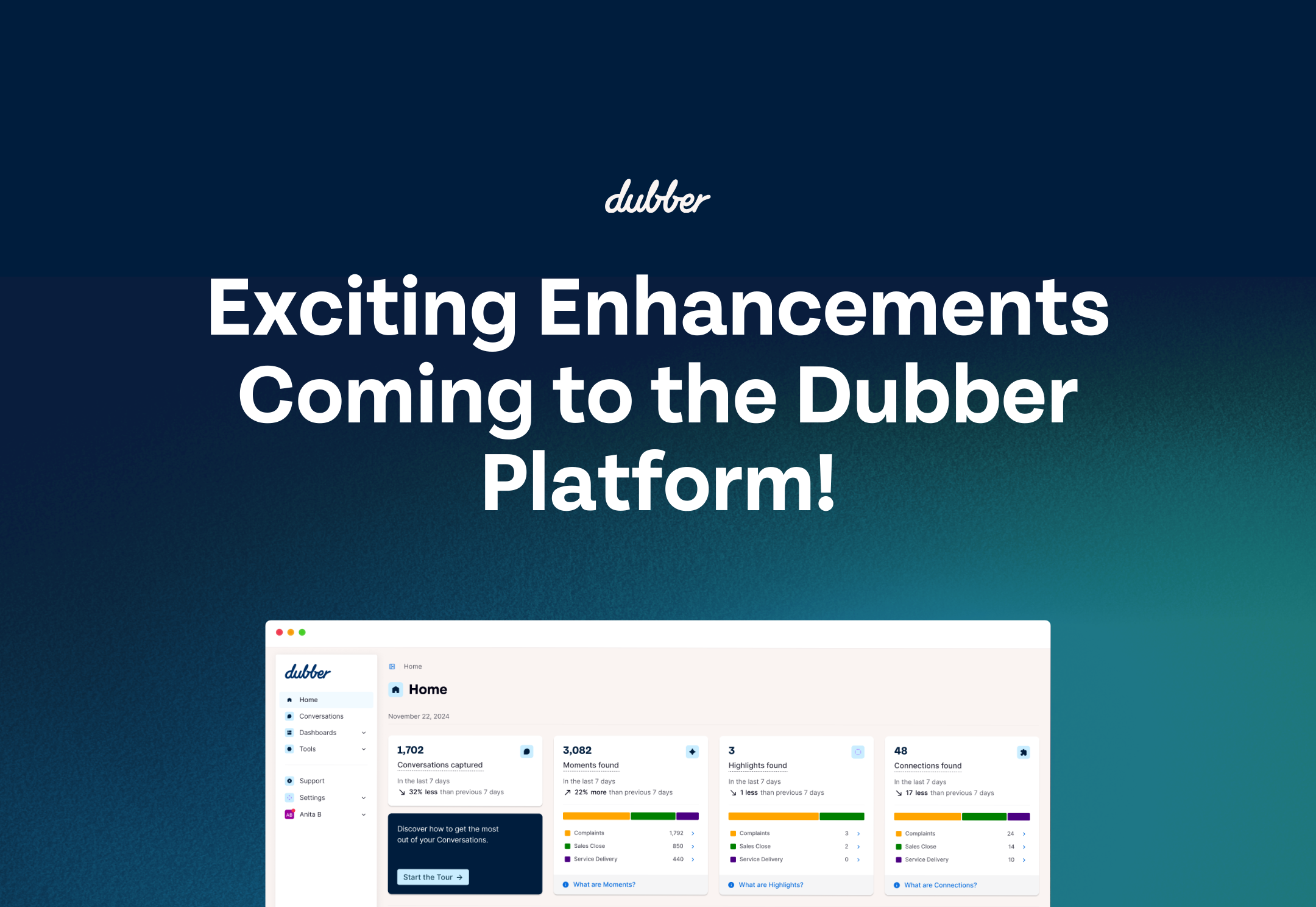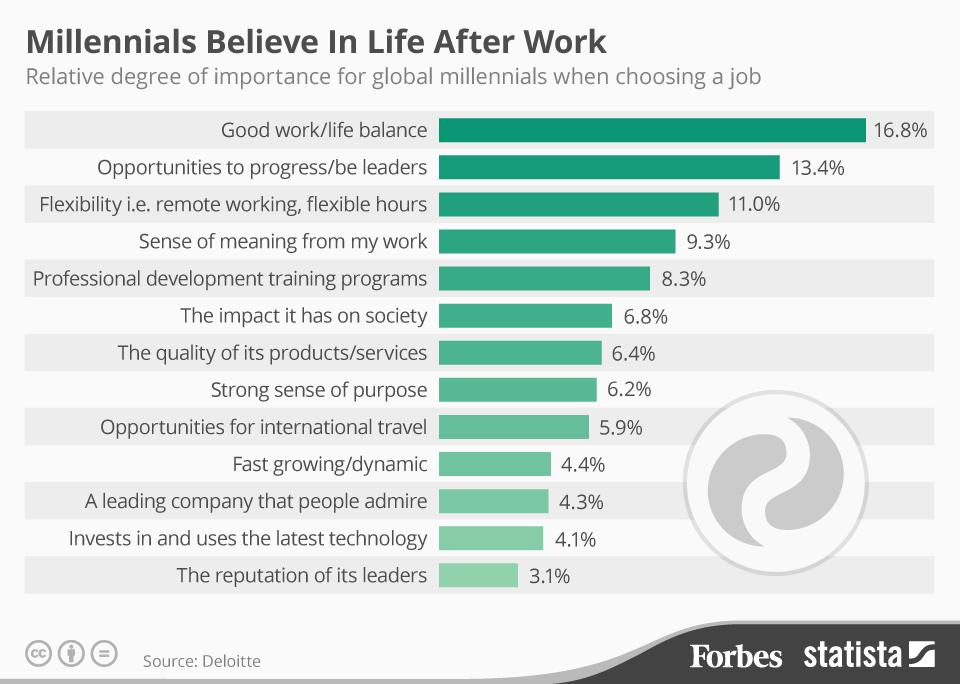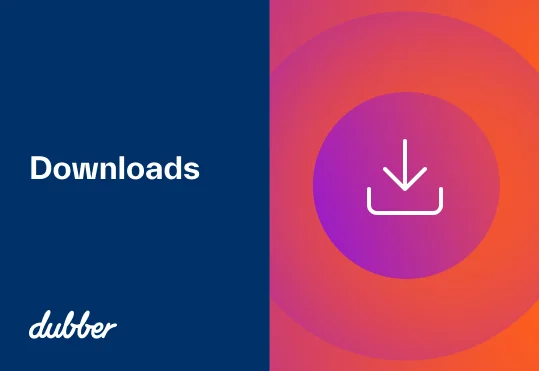
Notice of Annual General Meeting/Proxy Form
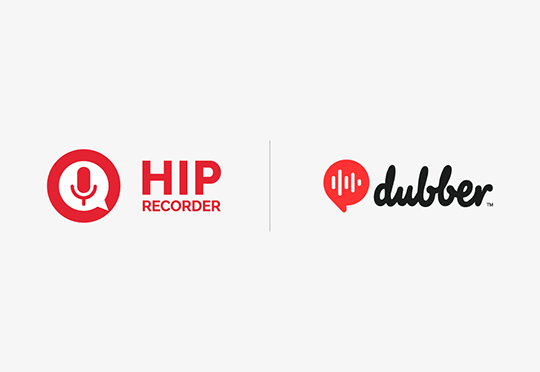
Launching at RoutIT Vision this month, HIP Recorder is the latest offering from Netherlands wholesale infrastructure and cloud services provider RoutIT – and it’s powered by Dubber. At an event that was buzzing with interest in the new developments in call recording for individuals and speech intelligence, HIP Recorder is an exciting new product.
This partnership with RoutIT will make Dubber’s cloud call recording as a service available to all RoutIT customers – the HIP Recorder is an affordable option that allows users to retrieve recordings of their calls for up to three days after the call has been made.
RoutIT was founded in 2000 and strives to develop and deliver the most innovative internet, cloud, connectivity and communication solutions. RoutIT works closely with its customers with a personalised approach to providing communication solutions. This new product matches the tailored ideology of RoutIT by providing a unique offering that allows individual users to gain access to the benefits of call recording.
HIP Recorder users can also benefit from the speech intelligence of Zoe – giving them the potential to transform everyday phone calls into valuable data assets. Zoe goes above and beyond traditional call recording to unlock the information held within voice calls – allowing users to search their call archive and automate processes triggered by keywords spoken on calls.
Dubber will be at RoutIT Vision on September 26th and 27th 2017 demonstrating the benefits of call recording for individuals and the endless potential of Zoe. Come and say hello if you are attending!
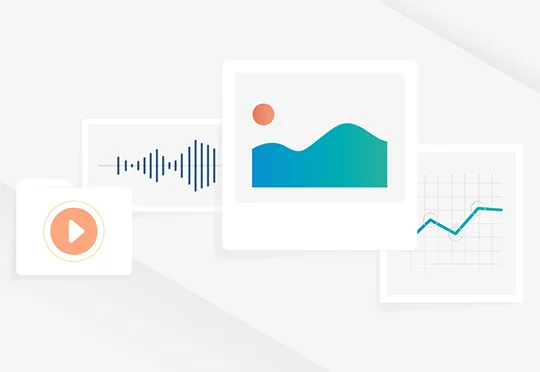
Unstructured data enables organisations to gain insight into their working practices. The term unstructured data describes information that does not have a set format, unlike its structured counterpart that is made of set data fields such as inventories and orders. Examples of unstructured data include images, and video and audio recordings.
Big Data and its analysis has proven just how vital information is to businesses. Insight into both consumers and the working practices of the organisations themselves can be a valuable asset. With global data estimated to reach over 160 zettabytes (that’s 160 000 000 000 000 000 000 000 bytes) by 2025, learning how to harness this information can set businesses apart from their competitors. These huge amounts of data allow analysts to understand a company’s true potential and more accurately predict growth and risks.
Unstructured data is often linked to structured data to make it easier to process. For example, a headshot of a staff member would be associated with structured data relating to the length of their employment and salary. This allows data to be visualised in a way that can be utilised to gain insights that were previously unimaginable. Data analysis can predict sales results, allow for more accurately targeted marketing campaigns and open up business and product development opportunities.
80% of data is unstructured, and is growing at a far higher rate than that of structured data (see graph below). Unstructured data often requires special tools to sort, search, visualise, and analyse. Unstructured data frequently holds much more information than structured data, and the information is often much more valuable. Due to the difficulties that can arise when accessing unstructured data, an organisation’s systems may need a way to read the data before it can be processed, and extra storage may be required for this more complex data. Companies with on-premise storage may be restricted by the amount of data they can store, and will be forced to make difficult decisions about the information they choose to keep.
Source: IDC
The power of the cloud
Data analysis can be overwhelming and it can be difficult for organisations to understand how to make the most of their data – especially large amounts of unstructured data. With a data management strategy, businesses can ensure they keep up with their competitors and capitalise on the wealth of information held in their data stores.
The analysis of unstructured data can be extremely time-consuming, with specialist data scientists often employed to cleanse and prepare the data before analysis. Employing expensive data scientists is an unlikely step for all but the largest enterprises to take but, with developments in artificial intelligence (AI), unstructured data can now be automatically analysed. These technological advancements allow even small businesses to profit from their valuable stores of data.
Investing in expensive hardware for data storage and processing isn’t practical for the majority of businesses, however, utilising the infrastructure of the cloud can allow organisations to store and process their data without restrictions or the need for CapEx. With dramatically reduced costs, and the scalability to accommodate large amounts of data, companies have the opportunity to experiment with analysis to grow their knowledge and skills.
Introducing Zoe
Automated analysis is now possible with AI becoming an everyday reality. Software can process huge amounts of unstructured data including images, audio and video, and not only report findings but learn as it analyses. AI is an important component in Big Data analysis, with its capabilities expanding to now include emotion recognition.
These new capabilities are exemplified by Zoe, Dubber’s suite of intelligence modules. Specialising in the analysis of voice data, Zoe’s ability to process this kind of unstructured data opens up another channel in the Big Data conversation: Big Voice. Accessing the data in consumer calls allows organisations to truly listen to their customers.
Zoe’s technology is under constant development. Its Smart Search feature is available now, allowing users to search their recorded calls using a variety of criteria from the date and location of the call to specific words that were used during a conversation. Due to be released at the end of 2017 are two more modules: Keywords and Sentiment. Keywords tags specific words and phrases and can be configured to trigger actions when these are spoken through Dubber’s open API. Sentiment identifies the emotions of the participants of a call to create a detailed understanding of their mood throughout a conversation.
Zoe’s analysis of voice opens up the wealth of insight that can be gained from this unstructured data, and allows businesses of all sizes to take advantage of the cloud and experiment with data analysis. Powered by the cloud, the processing potential is limitless.
This week Apple announced it will be bringing face-tracking support to its AR platform ARKit on iPhone X, its new phone launching in celebration of the tenth anniversary of the first iPhone. ARKit allows developers to easily integrate augmented reality (AR) elements into their iOS apps. However, AR has so much more potential than just games on your iPhone: the future of AR might look something like this…
The first thing I do each morning is put in my smart contact lens. At a glance, my day is set out before me with reminders for important appointments. I decide to do some exercise before work this morning, but rather than travelling all the way to the gym I select a pre-designed workout from my personal trainer. As I take my position on my mat, she is projected in front of me to demonstrate the exercises. She times each set and gives me encouragement as I struggle through the reps. After showering, I head to the kitchen for a much-needed breakfast. A reminder to take my medication hovers near the cupboard to make sure I take it with food.
Image: Raygun Studio
I say goodbye to my wife and wish her luck. She works as an architect and today she is showing her design to a client. The weather is nice so I decide to cycle to school, where I work as a teacher. My contact lenses give me details about my route, including traffic conditions and areas of heavy pollution.
Source: Tech in Asia
My class has a trip this morning to a local historic house to learn about life in the past. As we move from room to room, our contact lenses show us a reconstruction of the daily routines of the residents of centuries ago. My pupils are shocked to learn about the lives and long hours of hard working servants and the ways in which the rich passed their time before the internet.
After I have returned the children to school I make my way to the local high street to find somewhere to grab lunch. As I look at different sandwich shops and cafés, ratings and reviews are shown next to them. I choose a salad bar that has been rated highly for its varied vegan selection. On my walk back to school, a tourist asks for directions but can’t speak English. Translated subtitles appear in front of them as they speak and I’m able to reply in English and show them where they need to go.
I call my wife when I finish work to see how her presentation went. Her meeting took place at the proposed construction site so that her design, projected through smart contact lenses, could be seen against the surroundings. Her designs were very well received so I tell her I will cook her favourite meal this evening to celebrate.
Source: Virtually Here
I have to get a blood test after work and, as the appointment is in my calendar, my cycle route is shown to me through arrows that guide me along the road, giving me notice of upcoming turns. At the clinic, the phlebotomist uses an infrared scanner that projects an image of my blood vessels onto my skin to find the vein more easily.
Source: Europe Vein Center
My earlier phone call with my wife has been archived and speech analytics software identifies my cooking plans and creates a shopping list for the ingredients. On the way home my route is altered to take me via a supermarket, and my shopping list hovers over the food as I shop. When I get home I cook dinner, following a recipe projected onto the kitchen counter. The dish specifies exactly how the vegetables should be chopped and when I take out my chopping board, the cutting method is demonstrated so I get it right.
Source: CNBC
After we eat I do some outfit research in preparation for a friend’s wedding. I stand in front of the mirror and see the dresses I have been browsing to judge how they will hang on me. I do the same with makeup styles to see what will suit my face shape. My wife and I then turn our attention to the living room; we decide it needs brightening up with some art and maybe a coffee table. Using our smart contact lenses we can visualise different paintings on the walls to see if they fit with the rest of our decoration, and check that the coffee table we like is the right size for our space. We head to bed excited for the new additions.
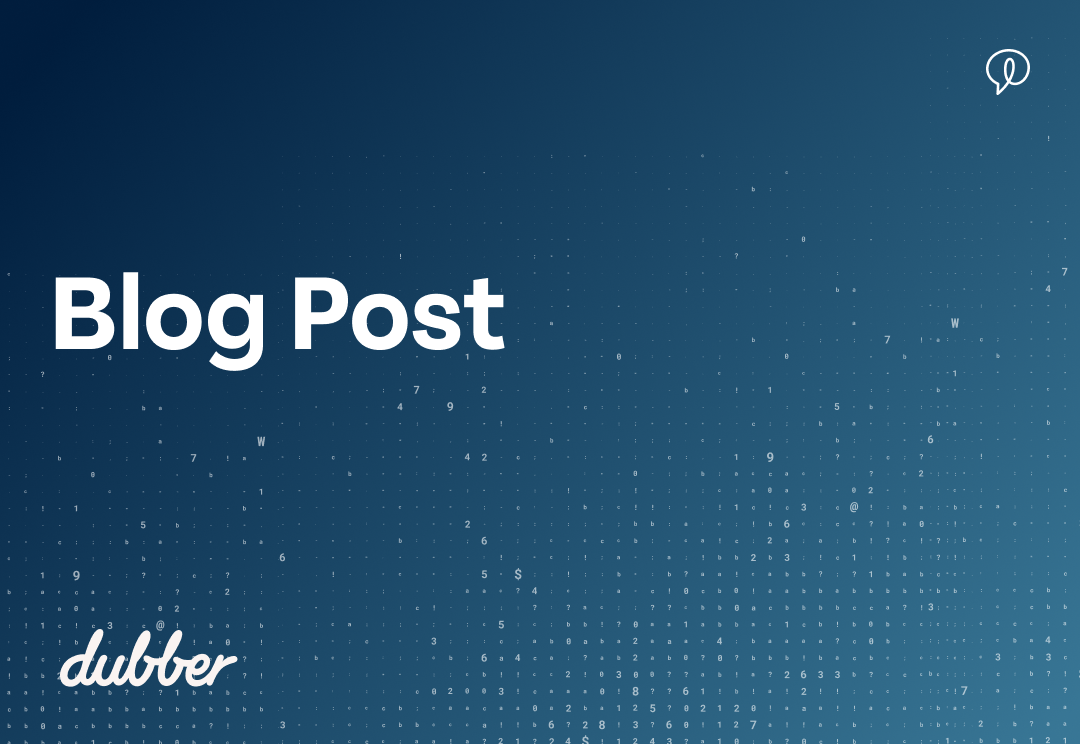
Remote working is slowly challenging the norm of 9-5. Flexibility in working practice is replacing allocated desks and designated start and finish times, while performance is measured by results and is moving away from the culture of presenteeism. According to a report by Gallup, 43% of employed Americans said they have worked remotely at some point over the last year, with 20% working from home full-time. The report suggests that advances in technology mean that workers no longer need to be confined to set office hours and locations in order to do their job effectively. With this new approach to work now expected by millennials (see chart below), businesses need to be prepared to adapt to a flexible workforce.
Source: Forbes
The benefits of employing remote workers…
As employers begin to embrace different ways of working, they are finding they can reduce their property costs with fewer workers on the premises. Their employees also benefit from advantages that go beyond the simple convenience of flexibility in their work. Employees who work remotely are less stressed and much happier as they can decide how they prefer to work and have greater control of their work/life balance. They can choose the working environment that best suits them, whether that be a café with a plug socket or the comfort of their bed. Release from the daily commute increases employee wellbeing, gives them more time in their day, saves them money, and also reduces their carbon footprint. A survey by Microsoft found the top ten benefits reported by remote workers were as follows:
Source: Sage
…and the challenges
Allowing employees to work remotely presents a challenge to managers and executives, who want to maintain a balance between staff wellbeing and productivity. Compliance is also a key consideration, especially within industries such as finance. Recording communications is essential to comply with regulations so organisations need to employ a solution that can capture conversations made outside the office. Implementing a unified communications (UC) solution, which amalgamates all communications into one interface, alongside call recording will ensure all conversations are captured – even when users are mobile. Remote contact centre workers that take customer payment card details over the phone need to ensure they are compliant with PCI DSS. This set of regulations states that no payment card details can be stored, so a call recording solution must feature measures to prevent this.
With remote working comes the risk of employees feeling disconnected from their work and the rest of their team. Key to remedying this potential sense of distance is encouraging continuous and proactive communication and enabling effective sharing of information between team members. This shouldn’t be confined to work-related subjects. Without the opportunity to run into a colleague in the corridor, or to chat while making tea, remote workers can miss out on the day-to-day conversations that make a team feel connected. However, with advances in social media and other communication technology, workers can still have these catch-ups over instant messages and see each other’s faces in video conferences.
Increased engagement between colleagues is an encouraging finding from Gallup’s report (see chart below), which found that employees who worked remotely three or four days a week were actually the most likely to report that they have a best friend at work.
Source: Gallup
How Dubber can help
UC solutions are facilitating a new more flexible way of working, and increasing productivity and collaboration among the businesses that use them. Dubber is designed to be integrated with UC platforms and provides an array of solutions for call recording and communication capture, for use anywhere and on any device. By capturing communications straight from the network, when a UC solution is implemented with mobility, all user communications can be recorded even while they are mobile.
Dubber’s deployment through Amazon Web Services not only ensures a flexible solution that can be scaled alongside UC solutions to suit businesses of all sizes, but that the calls are also encrypted for added security. Dubber has also partnered with Mondago to provide an automated pause and resume function that can be integrated with their call recording solution to ensure payment card information is not included in recorded calls.
The implementation of UC can bring a culture of productivity and collaboration. UC solutions facilitate modern ways of working and a more flexible way of life. Dubber’s partnerships with UC providers such as BroadSoft allow organisations to quickly and easily deploy call recording alongside a UC solution and ensure all of their employees stay compliant, anytime, anywhere.

Dubber Selected for BroadSoft Business Unified Communications

The rise of Big Data has shown just how valuable information is to businesses today. Insight into consumers and their behaviour is showing companies how to improve their business practices in order to retain their existing customers and attract new ones. Voice data has previously been excluded from the Big Data conversation but technology is now able to interpret speech, enabling companies to mine their calls for valuable information. With customers continuing to pick up the phone for assistance, access to this data is an important breakthrough creating a new field of analytics: speech intelligence.
Speech intelligence was initially only affordable for larger enterprises that could invest the CapEx required to install proprietary solutions but the introduction of software as a service (SaaS) solutions, deployed through service providers, has democratised speech intelligence.
The advantages of speech intelligence
Speech intelligence software most commonly transcribes audio into text to enable searches, and can even go beyond the words themselves to identify the mood of the caller through tone of voice and speech patterns. The searches and automated processes that can be implemented through speech intelligence open up limitless potential for business development, particularly in customer service. By combining processing techniques used in Big Data with speech analytics, companies can uncover important insights into their customers.
Introducing Zoe
Zoe is a collection of speech intelligence modules that includes Smart Search, which will be followed by Keywords and Sentiment at the end of 2017. Zoe can analyse and evaluate recorded conversations to establish the emotion of the caller, and search calls for specific words, phrases, or characteristics. This functionality can be used to identify recurring issues and opportunities for business development, and can track trends in customer behaviour.
Zoe has democratised speech intelligence and made it accessible to small businesses, and even single users, with an affordable monthly subscription. Zoe is deployed through Dubber’s API, allowing it to be easily integrated with a variety of other applications. Through the API, users can create their own custom applications of the functionality to realise limitless use cases.
Smart Search
Smart Search allows users to search their recorded calls using a variety of metrics from date and location to specific words, phrases, or sentiment. Any calls can be searched, regardless of whether they were originally recorded with Dubber, so Smart Search can be implemented as a stand-alone service.
Keywords – due for release late 2017
Keywords enables users to track specific words and phrases across their captured communications and jump to the point in a call when the word or phrase was spoken. These words can be tagged to be automatically highlighted in future recordings and automate actions in other applications through Dubber’s open API – opening up limitless potential use cases.
Sentiment – due for release late 2017
Sentiment identifies the emotions of speakers through a recorded conversation by measuring speech characteristics such as tone of voice, speed of speech, pauses, interruptions, and certain phrases that express emotion. These indicators create a detailed understanding of a caller’s mood throughout the conversation and enable Sentiment to provide users with a report that assigns the call with a positive or negative score.
Integration
At the core of Dubber is an open API, which allows Zoe’s features to be managed through the Dubber portal, a custom portal, or directly through the API. Zoe’s deployment through Dubber’s open API allows it to integrate easily with other applications, such as CRM systems, enabling data to be automatically transferred to third party applications such as Salesforce or Microsoft Dynamics.
Zoe has democratised speech intelligence with its open API and availability as a subscription-based service. Where once only large enterprises would be able to invest in speech intelligence, businesses of any size can now benefit from the insight that Zoe can provide. Zoe’s deployment as native cloud SaaS makes it a flexible solution that can adapt to businesses of any size, without the need for any additional hardware or software installation. With calls stored in the cloud, they can be quickly and easily processed.
Previously excluded from the Big Data conversation, Zoe’s analysis of voice data opens up a world of insight that can be gained from the study of recorded calls. Now companies can truly listen to their customers.

Dubber Connect On-Net Recording for End Users

Dubber Signs Agreement with AT&T

VoIP calling has been steadily replacing traditional telephony due to its reliability and efficiency, achieved through its use of data connection instead of fixed lines. The chart below shows the reasons for moving to VoIP from landlines given by SMBs. The data connection that enables VoIP calls is quicker and cheaper as it takes advantage of the existing IP infrastructure of interconnected routers. Recording VoIP calls presents a challenge due to the difference in the way audio is transmitted in VoIP calls compared to traditional telephony. VoIP call recording requires data to be ‘sniffed’, which is a process of real-time monitoring of data flow through a computer network by a software program or a hardware device containing this sniffing software or firmware. Sniffers copy the data without altering it and can only intercept data from networks that their host computer is connected to.
Survey by Software Advice
Depending on your requirements for call recording, and how you intend to use the captured conversations, and your business telephony network (or lack thereof), the VoIP call recording solution that is right for you may vary.
What will you use your recorded calls for?
When deciding on the call recording solution that is best for you, it is important to consider how you will be using your recorded calls. If you are a journalist who records their phone interviews, you will need calls to be stored in a format that can be easily replayed, but you might not need to keep the calls for years after you have filed your copy. You might have a podcast and need to be able to access your calls as files that can be edited to form part of a finished episode. A solution such as Dubber’s Playback, designed for individuals, is an easy-to-use communication capture service that allows you to decide which of your calls are saved and allows you to download and share them as easy-to-edit audio files.
Financial institutions require their communication with customers to be recorded in order to stay compliant with the latest regulations. Call records are generally required to be stored for up to five years, so businesses will need to ensure the solution they choose has the flexibility and security needed to safely archive their conversations. A cloud-based solution, such as Dubber, has the scalability required to hold unlimited calls and is not restricted by the storage hardware limitations of legacy solutions. True cloud storage also has the added security of encryption and the redundancy that accompanies multiple storage locations, for added reassurance.
Businesses that require call recording for compliance will most often need call recording that is compatible with a unified communications (UC) solution. Modern working life spans multiple methods of communication and our mobile phones allow us to make traditional calls as well as VoIP calls, send text messages, and have conversations over instant messenger. To ensure that all of these communications are captured accurately, call recording must be able to integrate with UC solutions.
Larger businesses that have contact centres often use call recording in order to improve their customer service and business practices through analysing their captured conversations. A solution that offers speech intelligence, such as Dubber’s Zoe, will allows a business to search their calls and automate processes to make their business more efficient and gain a detailed insight into their customers. Recording with Dubber can also record conversations between extensions, ensuring recording continues if a call is transferred internally.
When considering VoIP recording options, it is important to plan for the future as well as the present. Choosing a flexible call recording solution that can adapt as your business grows and changes is vital. Expansion into different locations, sudden changes in call volume, and regulation reforms could affect your call recording needs so the solution you choose must offer you the reassurance that these eventualities can be accommodated.

